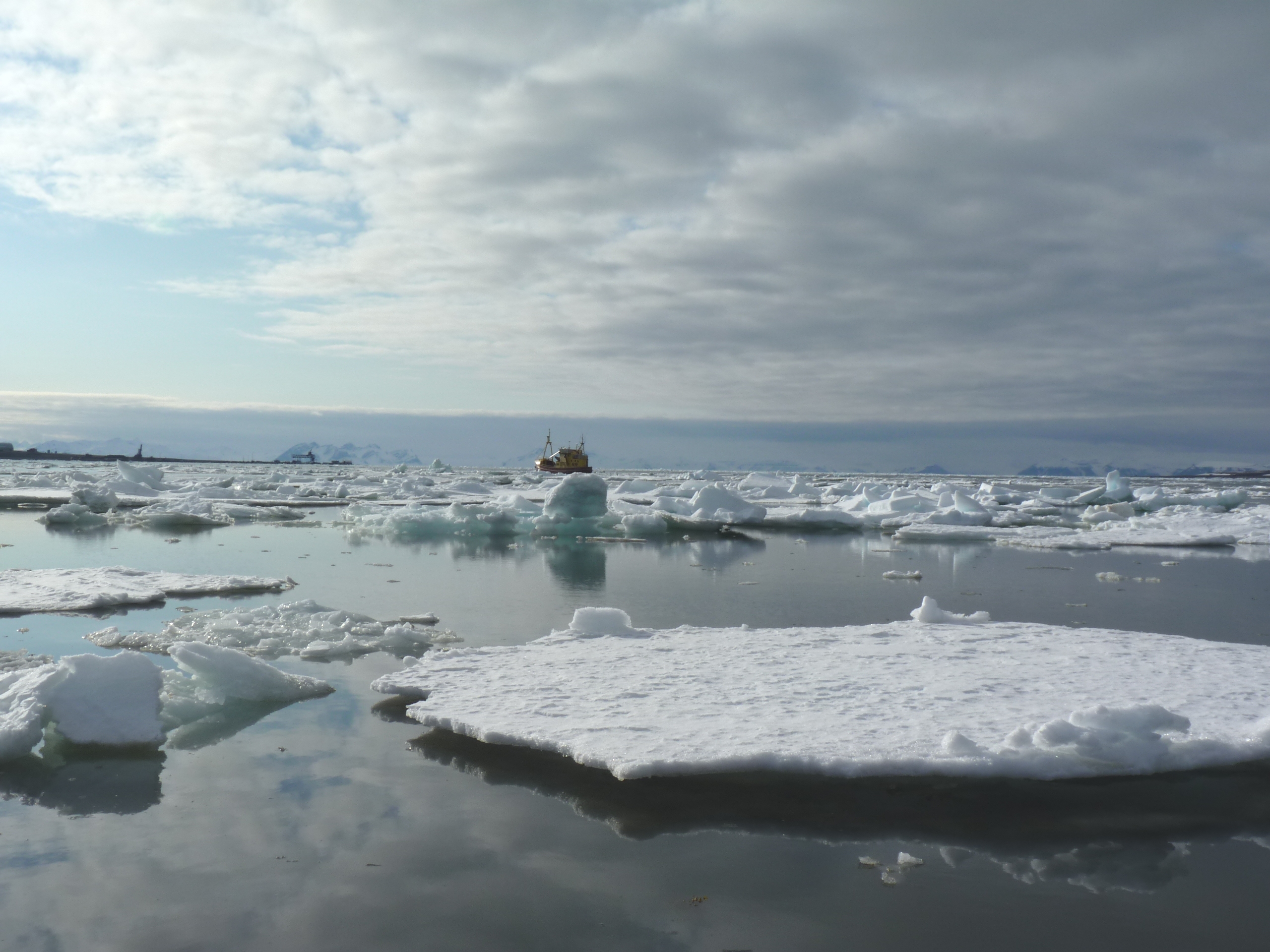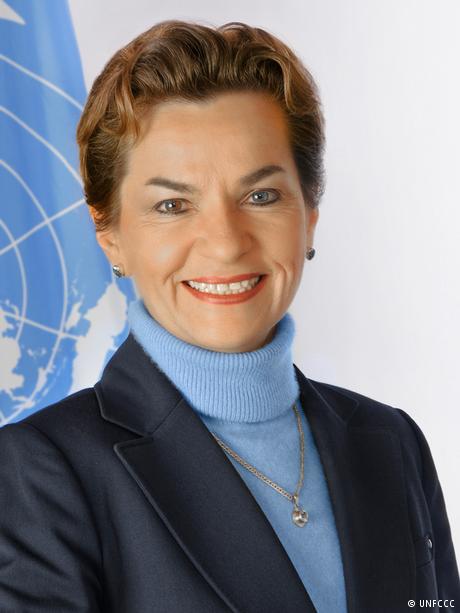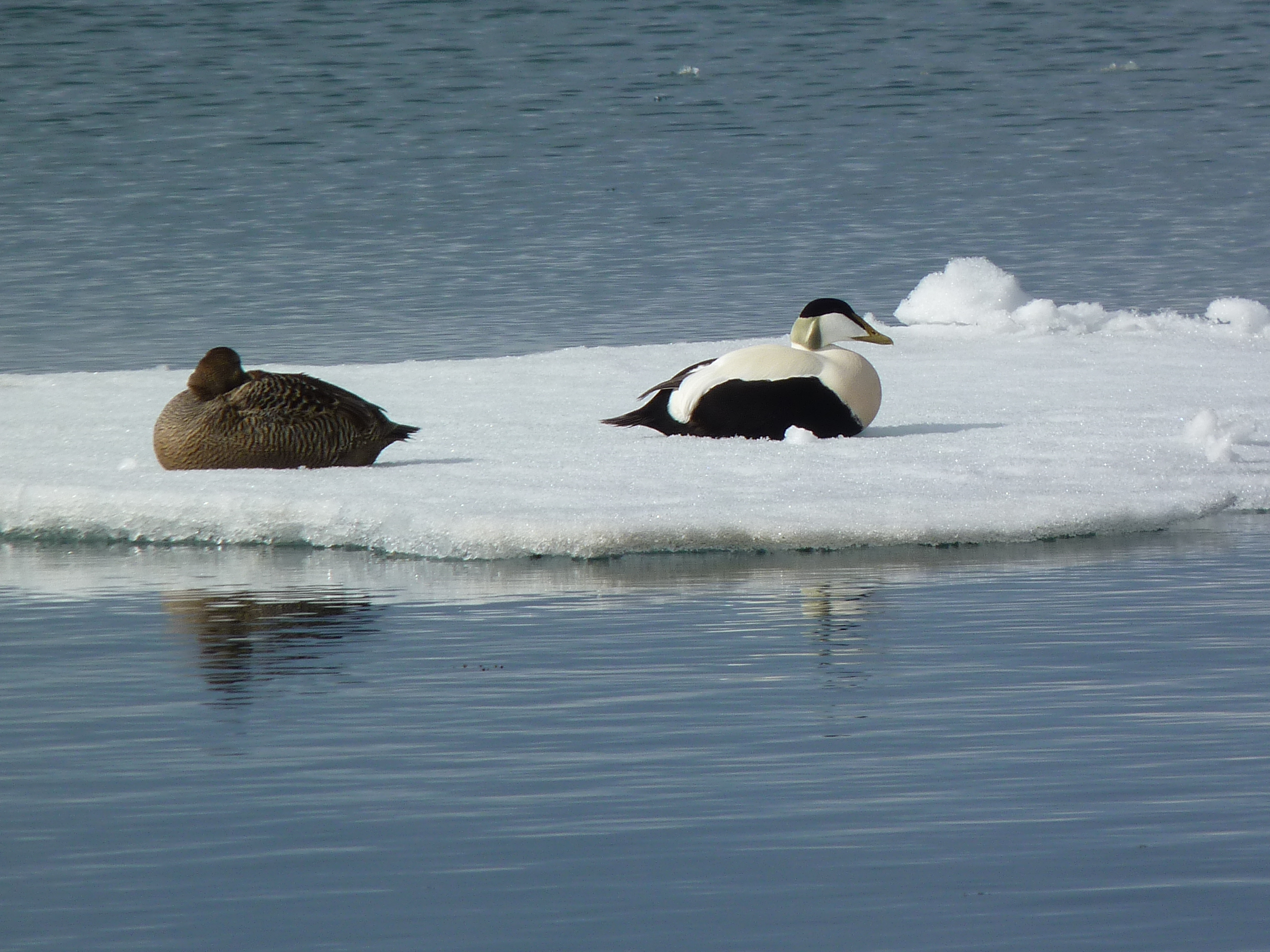74 Search Results for: Antarctic
Satellite Arctic and Antarctic images alarm scientists

(Greenland coastal glacier I photographed this summer)
More worrying news on the ice front. A study based on the analysis of millions of NASA satellite laser images has indicated that coastal ice in Greenland and Antarctica is thinning more extensively than expected. The biggest loss of ice is caused by glaciers speeding up when they flow into the sea, according to scientists from the British Antarctic Survey (BAS) and Bristol University. There is a clear pattern of glaciers thinning across large areas of coastline, sometimes extending hundreds of kilometres inland. The scientists think the cause is probably warm ocean currents reaching the coast and melting the glacier fronts.
Worryingly, the scientific community still does not have enough information to understand this fully and predict what impact it will have on sea level rise.
According to the study, 81 of 111 fast-moving glaciers in Greenland are thinning at twice the rate of slow-flowing ice at the same altitude. This is called “dynamic thinning”, which means loss of ice caused by a faster flow. Apparently, it is much more significant than people thought before. This fits with what scientists I talked to in Greenland a few weeks ago were saying.

Melting from below
Wild about the Antarctic?
I’m back! And as is so often the case, there’s a lot waiting to be done that didn’t disappear while I was on holiday. So for today,I’d like to draw your attention to some people who have been looking after the icy regions of the planet while the ice-blogger was still on holiday.
IUCN and WWF jointly produce a podcast called Wild Talk.
In the latest edition, one of the topics is the 50th anniversary of the Antarctic Treaty. There’s an interview with Carl Gustav Lundin
head of the IUCN Global Marine Programme about the Treaty and the state of the Antarctic today. Worth a listen.
Ministers from the Arctic Council and the Antarctic Treaty states held their first ever joint meeting in Washington on April 6 celebrating the 50th Anniversary of the signing of the Antarctic Treaty. WWF provided the ministers with recent evidence from both the north and south poles that clearly demonstrates global temperature increases must be kept well under two degrees Celsius.
“A global average temperature rise of 2 degrees is clearly too much for the poles,” says Rob Nicoll, Manager of WWF’s Antarctic and Southern Oceans Initiative. “Scientists are already unpleasantly surprised at how quickly the impacts of warming such as sea ice loss are showing up in the polar regions, exceeding recent predictions.”
Global average warming due to climate change since the late 1800s is showing severe impacts at less than one degree, as the Arctic is warming at about twice the global average and parts of the Antarctic are also outstripping the global average. The polar regions themselves have profound and not yet fully understood impacts on climate globally, and there are fears that polar tipping points could trigger abrupt change around the world.
A forthcoming report on Antarctic Climate Change and the Environment from the Scientific Committee on Antarctic Research is expected to up previous estimates on Antarctica’s expected substantial contributions to sea level rises. Marine food chains of global significance are also under threat from warming in the Antarctic.
Census of Marine Life in the Arctic and Antarctic
The Census of Marine Life, which is an ongoing project to document life in the oceans, has published some interesting findings about species in the Arctic and the Antarctic, and changes caused by climate change. It’s hardly surprising that cold-water-loving species are migrating towards the Poles to escape water that has become too warm for their comfort. The results are based partly on some amazing resarch voyages during the international polar year.
It’s well worth a read. And there are some amazing photos and video sequences.
Arctic and Antarctic species online
Cool news from the Antarctic as preps for Alaska continue in German spring weather
Yesterday I read an interesting press release from the Alfred Wegener Institute, Germany’s polar research institute. It made the “panorama” page of our regional paper this morning. Their research vessel the Polarstern has just completed an Antarctic cruise and come up with the puzzling result that the deep sea in the Antarctic is actually getting colder. At the same time satellite images from the Antarctic summer have shown the largest extent of sea-ice on record. The question is whether this is the start of a new trend, or just a one-off. The last ARCTIC summer was the warmest on record. The trouble is this latest report on Antarctic cooling might make a lot of people think global warming isn’t a danger after all.
See the latest information on the AWI English web page
Meanwhile, here in Bonn, Germany,it is beginning to feel like spring. The tulips in my garden are in full bloom. After a long cold, wet spell, it looks as if it’s going to heat up in the course of the week – in time to make sure my transition to the Alaskan Arctic is a bit of a shock to the system.
I’ve decided to look out some of my favourite ice and snow pictures to put us all in the right mood.

“Cloud wisps over Ny Alesund”. This shows fjord and glaciers taken from the French-German Arctic research base in Ny Alesund on Svalbard, Spitzbergen last June. I was lucky to get a couple of days of this sort of weather. It’s more likely to be overcast. But even those days still have a certain charm. The colours look completely different, as in this pic:

This is me in my survival suit at the Kongswegen glacier, taken on the same trip. The photo was taken by Rainer Vockenroth, the head of the research base, which is run jointly by the French and the German polar research institutes.We went along the glacier in a small boat. The water was 2°C, which means you can become unconscious in five minutes – unless you’re wearing one of these uncomfortable but admittedly useful outfits.
Ex UN-climate chief speaks out on Arctic drilling

The Arctic:Physically more accessible – ethically a no-drilling zone (Photo: I Quaile)
One good thing about people no longer being in office is they are freer to come out with their own opinions. Former Executive Secretary of the UN climate secretariat UNFCCC Christina Figueres told Alister Doyle from Reuters this week that drilling in the Arctic was not economical and that warming was a threat to the environmentally fragile region. (Many thanks to the Arctic Institute for flagging that as top story in The Arctic This Week)
Passion versus diplomacy
I interviewed Ms Figueres several times when she was head of the UN climate secretariat here in Bonn. I always had the feeling she was passionate about climate protection and often wondered, as I did with her predecessor Yvo de Boer, whether they did not feel frustrated at the slow pace of climate action and the need to respond diplomatically and tread carefully on the minefield that is global geopolitics. With Yvo de Boer, that was certainly the case.

Christiana Figueres while still UN climate chief in Bonn
Back in 2014, ahead of the UN summit on climate organized by Ban-Ki-Moon, Christina Figueres told me in an interview that that mega-meeting was “an opportunity to show, to shine, and to start a race to the top, for everyone to realize that climate is not a one-sector or one company or one country issue, but an every man, every sector, every country issue. That is why it is such a broad invitation to all sectors, all countries, to come forward.”
Competition to halt climate change?
Wouldn’t it be fantastic to see countries racing to be the real climate champions? I would love to be able to say that has actually happened, but based on our global emissions to date and the failure of the latest working meeting in Bonn to make real progress in preparing this year’s climate conference in Poland at the end of this year, I do not have the feeling that there is a “race to the top” in cutting emissions and halting global warming.
The Trump factor
Clearly, one major factor in all this is the election of Donald Trump as US President. At that time, the UN climate chief told me “the second term of President Obama has seen an accelerated and upscaled engagement on climate change in particular. With the latest move of the Obama administration to ask EPA to come forward with regulations on power plants. That is probably the most ambitious action the US government has taken on climate change”.
What a disappointment to see the climate-sceptical US administration backpedaling on all of that and opting out of the Paris Agreement.
No action without catastrophe?
Figueres comes from Costa Rica, a country that she says is a model when it comes to climate action:
“Costa Rica has had a carbon tax for over 20 years, it has internalized the cost of this, and so is one of the countries to which many countries are looking a) for the carbon pricing model we have, also for the system we have of environmental payment for services, which we pioneered in Costa Rica and which is being used in other countries. It’s a country that doesn’t mind experimenting, is very risk-friendly and has actually benefitted from a these forward-leaning policies particularly with respect to the environment and holds a high repute amongst other countries.”

Global climate policy – all afloat? (I.Quaile)
Alas, there have not been many others following the Costa Rican path.
“They have a front-row seat to the havoc climate change is already causing. No wonder they’re moved to action” Katie Quirk wrote in an article for Slate last year. If it is catastrophic impacts that fuel climate action, we may not have all that long to wait.
Now we have had several years of record global temperatures and Figueres says the heat is threatening “everything from Australia’s Great Barrier Reef to ice in Antarctica”.
And “the Arctic has been rendered undrillable,”she told Reuters.
Paradoxically, the easier access to our icy north becomes, the more difficult it becomes to justify commercial activities up there from the point of view of stabilizing the world’s climate.
Yet there are still governments and companies who think it worth drilling in the Arctic. President Trump’s administration is even considering drilling in part of the Arctic National Wildlife Refuge.
Figueres says global emissions should peak by 2020 – a target now highly unlikely to be reached in that short a time.
At the same time, searching for oil and gas in the Arctic would “take years to develop any finds”, she says, suggesting the money would be put to a better use developing renewable energy.
“The stakes are visibly higher than they were just a few years ago,” she said in the recent Reuters interview. Indeed, and they are rising all the time.




















Feedback